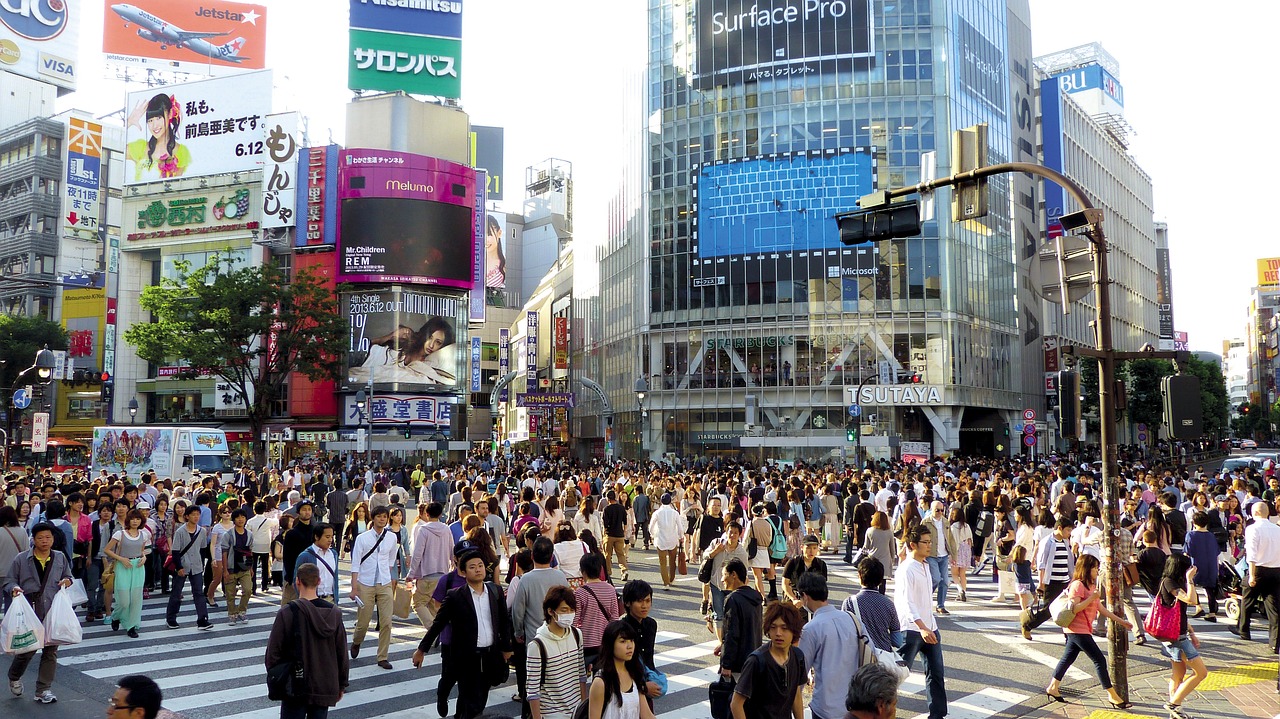
Pre-reading questions:
- What comes to mind when you think of ‘earthquake’?
- What are the potential consequences of a major earthquake?
Vocabulary:
- tragedy /TRAJ-i-dee/
- claim /kleym/
- beneath /bih-NEETH/
- breed /breed/
- inconvenient /in-kuhn-VEEN-yuhnt/
[noun] – a very sad event or situation, especially one involving death or suffering
The earthquake was a great tragedy, resulting in the loss of many lives and widespread destruction.
[verb] – to cause the death of or take the lives of a significant number of people
The deadly virus claimed the lives of thousands across the country.
[preposition] – in or to a lower position than someone or something, under someone or something
The hidden treasure was buried beneath the ancient ruins, waiting to be discovered by archaeologists.
[verb] – to give rise to or foster
The city’s rare experience of powerful quakes can breed a mistaken feeling of safety.
[adjective] – causing problems or difficulties
The unexpected traffic jam made it highly inconvenient for him to reach the airport on time.
Article reading:
The 1995 Great Hanshin Earthquake in Kobe, which resulted in around 6,000 casualties, showed how even medium-strength tremors can devastate modern cities. Tokyo’s wake-up call came in 2011 with the Tohoku earthquake, the strongest ever recorded in Japan. Though the capital saw relatively few casualties due to stringent building standards, the event unveiled potential vulnerabilities. Tokyo’s infrequent encounters with strong tremors may breed a false sense of security. The early-warning system, designed to provide advance notice before destructive waves hit, sometimes issues false alarms, challenging even the most prepared individuals. These alerts, though sometimes inconvenient, are a crucial part of a system prioritizing caution. The real danger lies not in structural collapse but in the potential for fire. Older buildings, constructed before rigorous standards were introduced in 1981, pose a greater threat. Modern hazards, like the rapid spread of rumors on social media, are less understood but significant. The breakdown of communication networks following a disaster further complicates the challenge. The centenary of the 1923 earthquake serves as a compelling call for all to reevaluate their emergency readiness. Geological realities do not follow human memory, and disaster risk remains a perpetual global concern.
Comprehension questions
- What was the Great Kanto Earthquake, and how did it impact Tokyo a century ago?
- What is the government’s estimate regarding the likelihood of another major earthquake beneath Tokyo in the next 30 years?
- What was the significance of the 1995 Great Hanshin Earthquake in Kobe in terms of earthquake preparedness?
- How did the 2011 Tohoku earthquake in Japan highlight potential vulnerabilities in Tokyo’s earthquake preparedness?
- What is identified as the real danger in the event of a major earthquake in Tokyo?
Discussion questions
- Have you ever been in a big natural disaster or emergency? If yes, how did it change how you think about getting ready for emergencies? If not, what do you think it would be like?
- Does your community talk a lot about being ready for disasters? Can you remember any special things they do to get ready?
- Do you think your city or area is ready enough for a really big natural disaster, like an earthquake or hurricane?
- Thinking about what you read about Tokyo’s earthquakes, what can people do to always be ready?
- Think about the problems with things like rumors on social media after a disaster. How can groups and leaders make sure people get the right information?